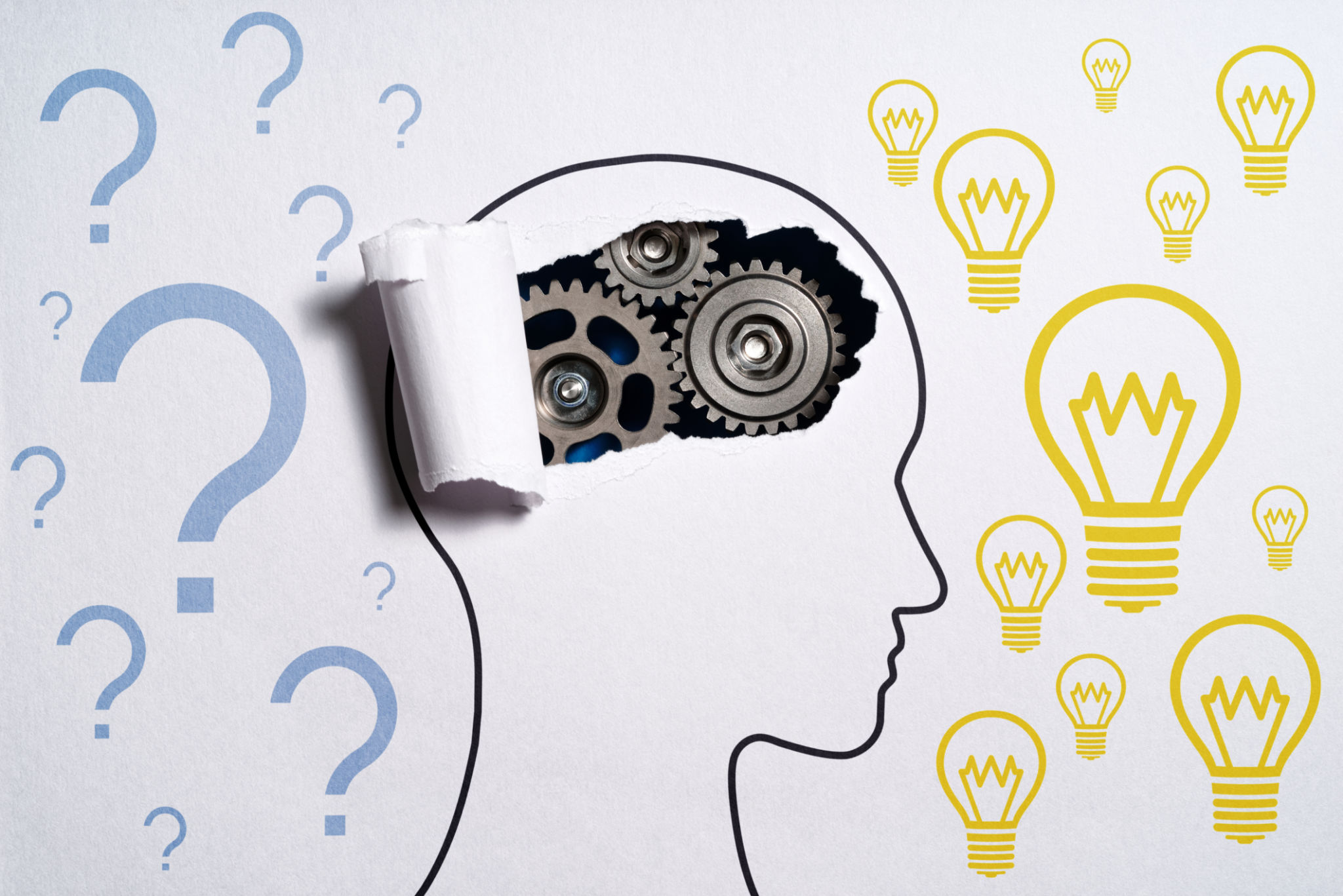Unlocking the Secrets to Effective Learning Beyond Standardized Tests
Introduction to Learning Beyond the Test
In recent years, the educational landscape has been dominated by standardized tests, which are often used as the primary measure of student success. However, focusing solely on these tests can limit learning opportunities and hinder the development of critical skills. Effective learning goes beyond mere test preparation and involves cultivating a deeper understanding of concepts, fostering creativity, and encouraging a lifelong love for learning.

Fostering a Growth Mindset
One of the most important aspects of effective learning is developing a growth mindset. A growth mindset encourages students to embrace challenges and view failures as opportunities for growth. By fostering this mindset, educators can help students build resilience and adaptability, which are crucial skills in both academic and real-world settings.
To cultivate a growth mindset, educators can:
- Encourage students to set personal learning goals.
- Provide constructive feedback that focuses on effort and strategy.
- Create a supportive learning environment that celebrates mistakes as learning opportunities.
Emphasizing Real-World Application
Another key to effective learning is emphasizing the real-world application of knowledge. When students understand how their lessons apply outside the classroom, they are more likely to engage with the material and retain information. This approach involves integrating practical examples and hands-on activities into the curriculum.

For instance, incorporating project-based learning can give students the opportunity to work on real-world problems. This not only enhances their understanding of academic concepts but also develops soft skills such as teamwork, communication, and problem-solving.
Encouraging Critical Thinking
Critical thinking is a vital component of effective learning. It involves analyzing information, evaluating evidence, and making reasoned decisions. Encouraging students to think critically helps them become independent learners who can navigate complex situations.
Teachers can promote critical thinking by:
- Asking open-ended questions that challenge students to think deeply.
- Facilitating discussions that encourage diverse perspectives.
- Providing opportunities for students to engage in debates and research projects.

Integrating Technology in Learning
The integration of technology in education offers numerous opportunities for enhancing effective learning. Digital tools can provide personalized learning experiences, access to a wealth of information, and platforms for collaboration. By leveraging technology, educators can tailor instruction to meet the needs of individual learners and foster engagement through interactive content.
However, it is important to use technology thoughtfully, ensuring it complements rather than replaces traditional teaching methods. Balancing screen time and maintaining focus on skill development are essential considerations in this digital age.
Conclusion: Beyond the Classroom
The journey toward effective learning extends beyond standardized tests. By fostering a growth mindset, emphasizing real-world applications, encouraging critical thinking, and integrating technology, we prepare students not only for academic success but also for lifelong learning. As we unlock these secrets, we empower the next generation to thrive in an ever-evolving world.